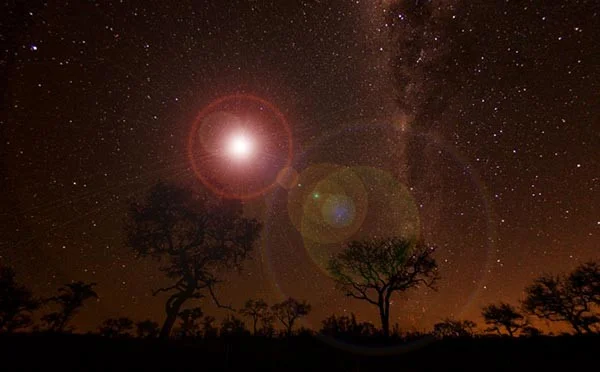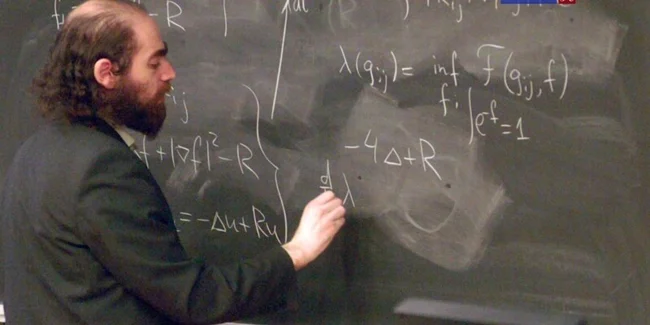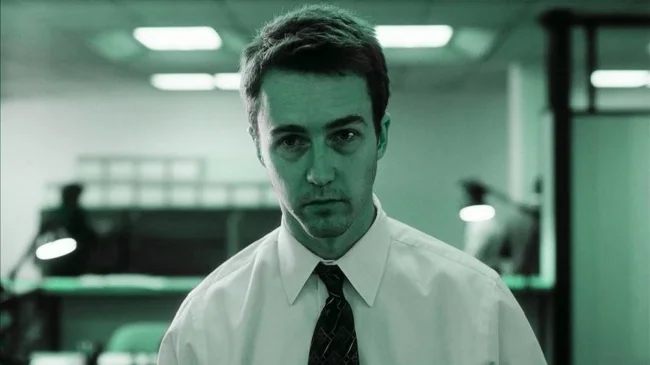10 amazing facts that can change your view of familiar things and phenomena (11 photos)
Our world is like endless ore deposits, in which, with due desire and meticulousness, you can find amazing things - grains of knowledge, reminiscent of grains of gold. 
These amazing facts from the world of animals, plants, cinema and more, if they do not completely turn your ideas about the world upside down, will certainly make you think and rethink some things.
1. Bloodthirsty Pineapple 
When we eat pineapple, it eats us. Of course, this expression is more like a joke, but there is a lot of truth in it. It is because of the enzyme bromelain. It destroys proteins contained in the mucous membranes and causes a specific burning sensation.
2. Conservationist 
Actor Harrison Ford has a species of spider (Calponia harrisonfordi) and ant (Pheidole harrisonfordi) named after him. The Hollywood star was honored for his dedicated work in conservation.
3. Amazing Moonquakes 
There are moonquakes on the Moon, which are much weaker than earthquakes and happen less often. The vibrations caused by shallow moonquakes usually last more than 10 minutes, while earthquakes usually last from a few seconds to 1-2 minutes.
4. Unique bird 
The kiwi bird has nostrils at the end of its beak, while other birds have them at the base. This feature of the location allows the bird to get insects underground, literally sniffing them, without seeing the location or hearing the movement.
5. The Cunning Fruit 
From a botanical point of view, a strawberry is not a berry, but a polynut. What we call a berry and eat with pleasure is in fact an overgrown receptacle - a part of the stem on which the real fruits are located. And the fruits of the strawberry are small nuts, each of which contains a seed.
6. Group Mating 
Gray whales usually mate in a group consisting of two males and a female. The non-dominant male holds the lady in the water in the correct position and makes sure that she does not swim away.
7. Mystical Lights 
The Ming Ming Lights are an amazing phenomenon that can be seen in the Australian outback. Eyewitnesses describe them as glowing balls, the color of which can vary from white to yellow, orange or even scarlet. They often move quickly across the area, sometimes hanging in the air or flying between vegetation. The name comes from a local Aboriginal word meaning "spirit" or "ghost". Locals believe in the mystical origin of this phenomenon, while there are only hypotheses regarding its scientific explanation.
8. Smart Worms 
Flatworms are able to restore lost skills after losing their heads. In an experiment conducted by researchers from Tufts University, planarian worms had their heads cut off. After two weeks, when they had grown back, the worms were returned to their previous conditions. The results showed that the planarians not only restored body parts, but also demonstrated previously acquired skills. Scientists hypothesized that the memory of skills is stored not only in the brain, but also in other parts of the nervous system. There is also an assumption that memories can be encoded in DNA, which allows planarians to retrieve information even after decapitation using molecular mechanisms.
9. Modest Genius 
Grigori Perelman, an outstanding mathematician, became famous for proving the Poincaré theorem, one of the seven millennium problems. In 2002–2003, Perelman presented his original method for proving the Poincaré conjecture, publishing it in the public domain on the Internet. In 2006, the mathematician was awarded the Fields Medal, but he refused it. In 2010, the Clay Institute offered Perelman a million dollars for proving the conjecture, but the scientist again refused the award.
Perelman explained his refusal by disagreeing with the Clay Institute's decision to award the prize. He believed that the contribution of American mathematician Richard Hamilton to proving the theorem was no less significant. In addition, Perelman emphasized that for him the true reward is the solution to the problem itself, and not material compensation or public recognition.
10. Nameless Character 
In both Chuck Palahniuk's novel and the cult film Fight Club based on it, the narrator, played by Edward Norton, has no name. In the script, he is simply referred to as the Narrator, symbolizing his inner uncertainty and loss of identity.






















